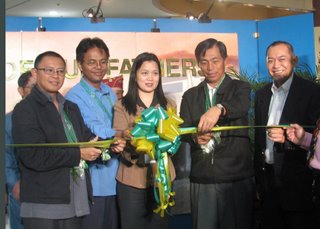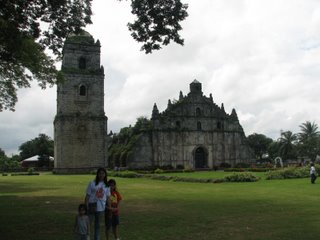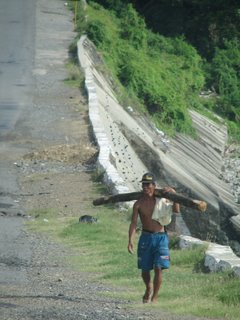


With the support and intelligence data from Filipino Guerrilla groups, the Allied forces advanced quickly as they knew the best routes and which bridges were still intact, and which parts of the river were shallow enough to cross on route to Manila.
Gen. Yamashita withdrew to Baguio, leaving Rear Admiral Iwabuchi Sanji to defend the City with his Manila Naval Defense Forces composed of sailors, marines and army troops. They used several defense positions such as Intramuros and set up minefields, barbed wire, trucks to create traps and bottlenecks. They also blew up bridges, buildings and other vital installations. Sanji then order his troops to defend Manila to the last man.
What happened later was a two-pronged attack. The Sixth U.S. Army led by Lt. General Walter Krueger came from the North from Pangasinan with the Eight U.S. Army of Lt. Grn. Robert Eichelberger came from the south in Batangas.
The Allied forces presumed that the Battle would be quick but were proved wrong when the remaining Japanese forces held their ground in various locations such as Intramuros and Provisor Island in Paco, Manila. They engaged in house-to-house struggles with the American soldiers and Filipino Guerrillas. Instead of surrendering, many Japanese fought to the death. Some vent their anger on civilians, killing innocents in the crossfire and other acts of brutality. In just a few weeks, over 100,000 civilians perished in what is now known as the “Massacre of Manila.” Women were raped then murdered, babies bayoneted, elderly people killed.
The US forces lost about a thousand men, while the Japanese lost 12,000 soldiers.
With the adamant Japanese defense and the heavy artillery fire from both camps, Manila was utterly destroyed.
Before World War II broke out, Manila was known as the “Pearl of Orient” with its magnificent buildings, schools, churches with unique architectural designs and countless cultural artworks & literature. Manila was a true melting pot of Spanish, American and Asian culture and design influences. These were practically obliterated in the month-long battle. The buildings that were destroyed include the Legislative Building, the National Museum and those inside the ancient walls of Intramuros.
After the Battle, only a few buildings remained intact. Manila was never the same again and many say its former glory gone.
The Battle for Manila was considered as the most destructive Allied engagement in Asia in the last World War, and second in the entire World, after Warsaw in Poland and is considered as one of the most horrific urban fighting sites of World War II similar to Stalingrad. The death toll of 100,000 Filipino civilians is comparable to the Hiroshima bombing. Yet sadly, only a handful of survivors recall this tragedy today – the members of Memorare 1945, every February 3rd.
It is indeed sad that our people and its government do very little to remember these victims of war. These were civilians – many of whom were women and children. One of the greatest tragedies happened in our country 65 years ago.
What we should be afraid of is George Santayana’s warning: “Those who cannot learn from history are doomed to repeat it.”



















